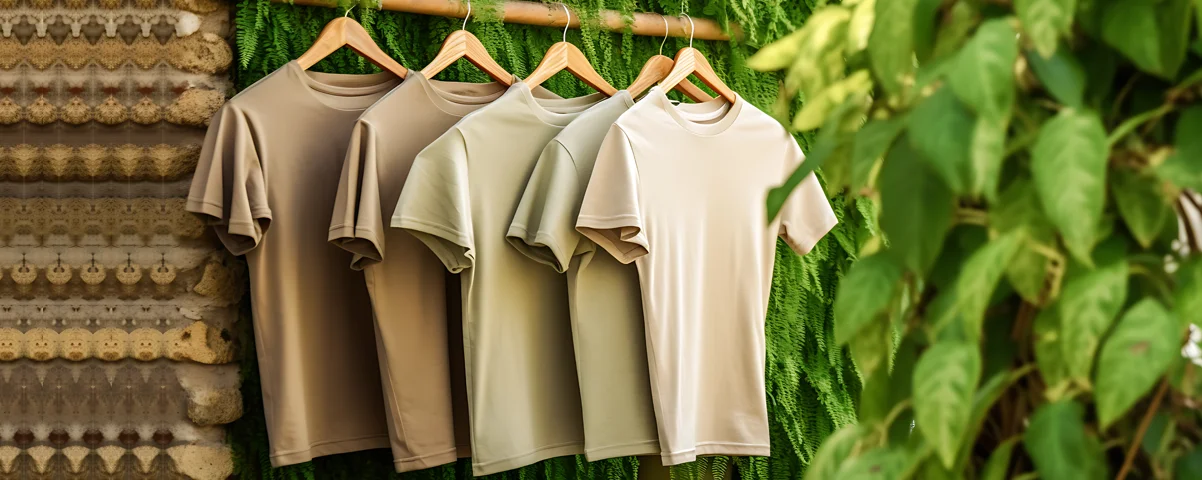As awareness of environmental issues grows, more people are turning to sustainable fashion to reduce their impact on the planet. Building an eco-friendly wardrobe involves making conscious choices about the clothes you buy and how you care for them.
Here are some tips and tricks to help you embrace sustainable fashion and build a wardrobe that’s kind to the environment.
Why Choose Sustainable Fashion?
Environmental Impact
The fashion industry is one of the largest polluters in the world, contributing to water pollution, textile waste, and greenhouse gas emissions. Sustainable fashion aims to minimize this impact by using eco-friendly materials and ethical production methods.
Ethical Considerations
Sustainable fashion also considers the welfare of garment workers, ensuring fair wages and safe working conditions. By choosing sustainable brands, you support ethical practices and help improve the lives of workers in the fashion industry.
Building Your Sustainable Wardrobe
1. Choose Quality Over Quantity
Invest in high-quality pieces that will last longer and withstand frequent wear. Well-made clothing may cost more upfront, but it saves you money in the long run by reducing the need for replacements.
2. Opt for Sustainable Fabrics
Look for clothes made from sustainable fabrics such as organic cotton, bamboo, hemp, and recycled materials. These fabrics have a lower environmental impact compared to conventional materials like polyester and conventional cotton.
3. Shop from Ethical Brands
Support brands that prioritize sustainability and ethical practices. Research companies’ sustainability initiatives and look for certifications such as Fair Trade, GOTS (Global Organic Textile Standard), and B Corp.
4. Buy Second-Hand
Thrifting and buying second-hand clothes are great ways to reduce your fashion footprint. By giving pre-loved items a new home, you help reduce textile waste and the demand for new production.
5. Repair and Upcycle
Extend the life of your clothes by repairing minor damages and upcycling old garments into new creations. Simple repairs like sewing a button or patching a hole can make a big difference.
6. Rent or Borrow
For special occasions, consider renting clothes or borrowing from friends instead of buying new. This reduces the need for single-use items and helps you save money.
7. Care for Your Clothes
Proper care can significantly extend the life of your clothes. Wash your garments in cold water, avoid using the dryer, and follow care labels to maintain their quality. Using a garment steamer instead of ironing can also help preserve fabrics.
Sustainable Fashion Brands to Consider
- Patagonia: Known for its commitment to environmental sustainability and ethical practices.
- Reformation: Focuses on sustainable fabrics and transparent supply chains.
- Everlane: Prioritizes ethical manufacturing and radical transparency.
- Eileen Fisher: Emphasizes organic materials and fair trade practices.
- People Tree: Pioneers in Fair Trade fashion with a focus on sustainability.
Conclusion
Building a sustainable wardrobe is not only beneficial for the environment but also for your personal style and well-being. By making conscious choices and supporting ethical brands, you can reduce your fashion footprint and contribute to a more sustainable future.
Start small by incorporating sustainable practices into your shopping habits and gradually build an eco-friendly wardrobe that you can feel good about.

